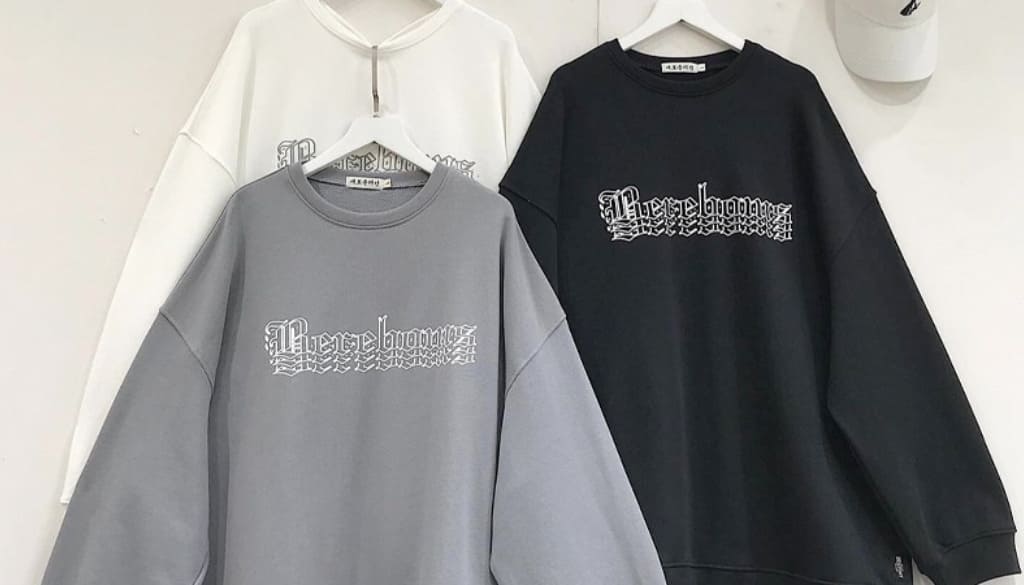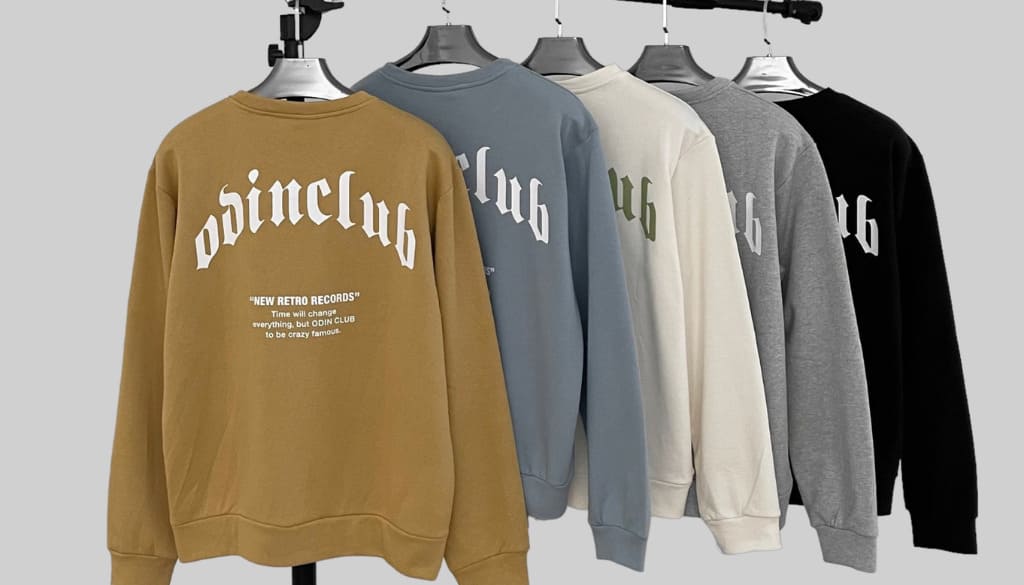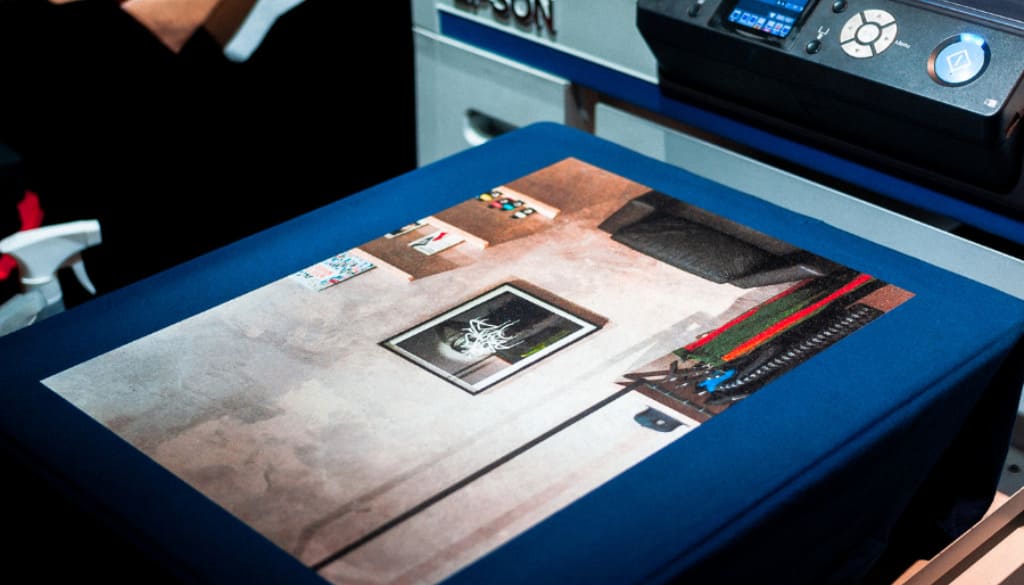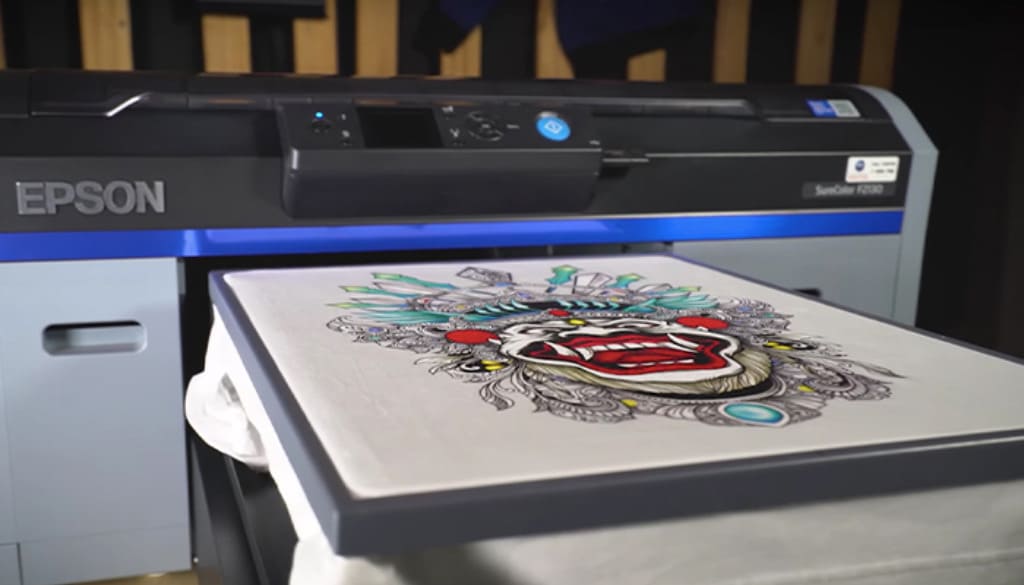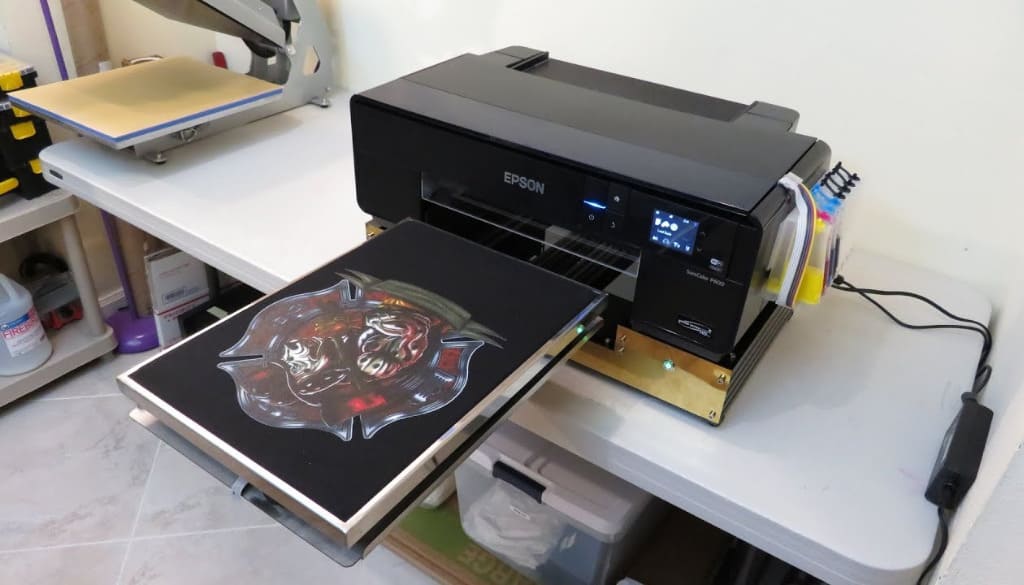For every POD seller, hoodies and sweaters are two indispensable “goldmines,” especially when the cold weather arrives. However, confusing these two garments is a common mistake that can cause you to target the wrong customers and waste your marketing efforts. So, what exactly are the differences between hoodie vs sweater? When should you pick a hoodie, and when is a sweater more appropriate? This article provides POD sellers with detailed answers to these questions, enabling you to implement the most effective business strategies, designs, and marketing campaigns.
Why Do People Commonly Confuse Hoodies and Sweaters?
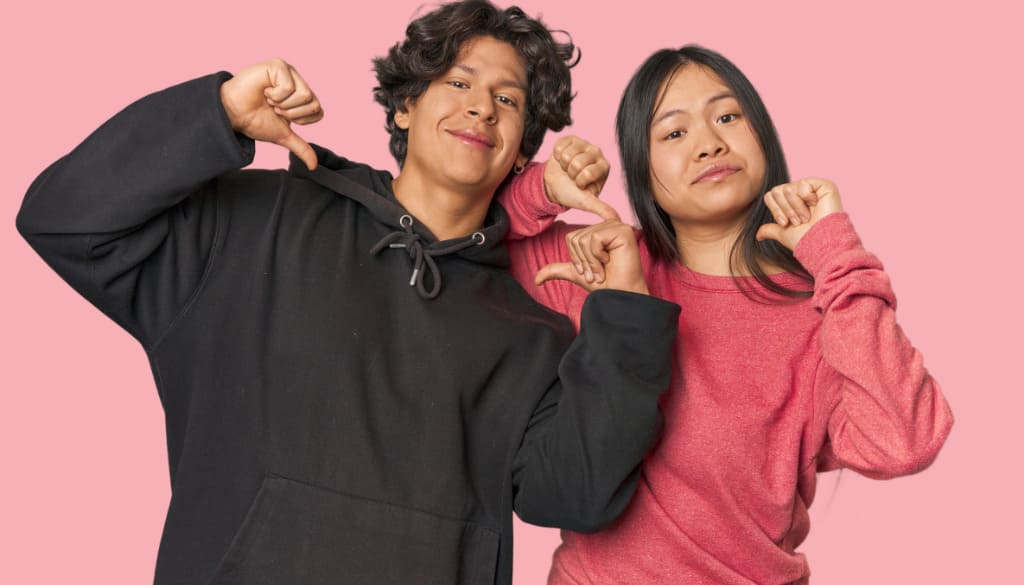
When discussing fall-winter fashion, two of the most popular clothing items are undoubtedly hoodies and sweaters. However, many people including consumers and POD sellers alike frequently mix up these two garments. The main reason lies in their similarities: both are long-sleeved, made of thick fabric, and typically worn in colder weather.
Furthermore, some e-commerce platforms use the term “sweatshirt” interchangeably with “sweater,” adding to the confusion. For POD sellers, clearly understanding these differences is critical—not only to offer better customer advice but also to optimize product listings, advertising, and designs tailored to market demand.
The confusion between hoodies and sweaters isn’t baseless. For regular consumers and newcomers to the POD industry, these two garments share some key similarities that easily lead to confusion:
- Pullover Design: Both hoodies and sweaters typically feature a pullover style without buttons from top to bottom, unlike shirts or jackets. This significant similarity places them side by side in product categories, causing ambiguity.
- Similar Fabrics: Both hoodies and sweaters are often made from thick, warm materials such as fleece, cotton, or blended fabrics. Without experience, distinguishing between them based on fabric alone can be challenging.
- Intended Use: Both items are wardrobe essentials for cold weather, perfect for everyday wear to maintain body warmth.
- Overlap in Modern Design: Today, fashion styles increasingly blend, blurring the boundaries between garments. Some sweaters now have oversized, casual designs resembling hoodies, while some hoodies adopt simpler, more sophisticated styles.
These similarities create a “gray area” for many people. However, for professional POD sellers, understanding this gray area and clearly recognizing the core differences is essential for effectively advising customers, choosing the right garment blanks for printing, and developing marketing campaigns that target the correct audience.
Basic Definitions
Before diving into detailed analysis, we need to agree on clear definitions. Using accurate product names not only demonstrates professionalism but also marks the first step toward optimizing your store effectively.
1. What is a Sweater?
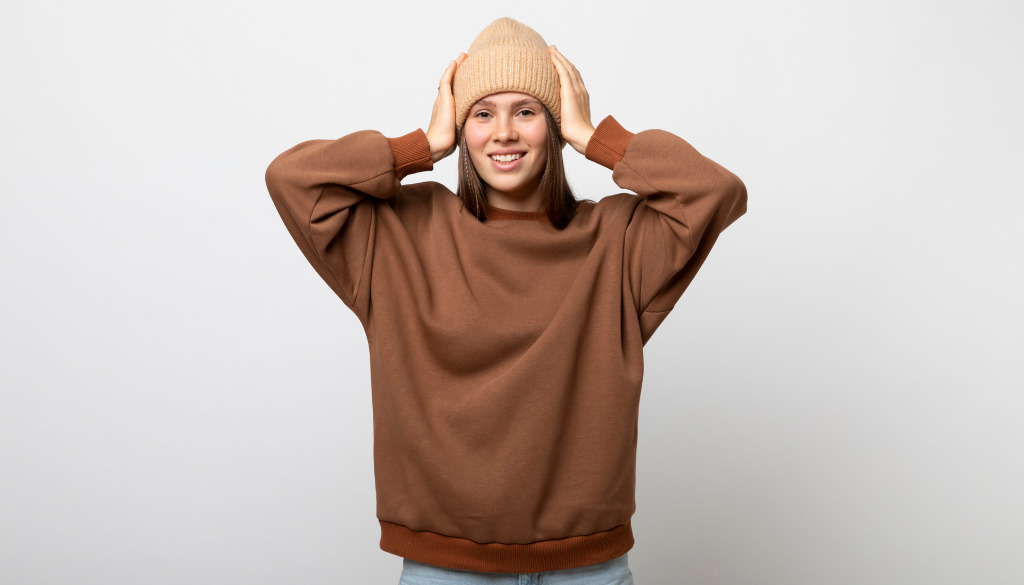
In the most classic sense, a sweater is a knitted garment with long sleeves, designed to be pulled over the head. The term “sweater” originated from “to sweat,” initially referring to thick garments used by athletes and laborers to keep warm and induce sweating.
However, in the modern fashion and POD industry, the definition of a sweater has broadened significantly. It is no longer limited exclusively to knitted wool materials but now includes various fabrics such as fleece, cotton, French terry, poly-cotton blends, and more.
Key characteristics of a sweater:
- No Hood: This is the fundamental and most obvious difference from a hoodie.
- No large front pocket: Traditional sweaters typically lack a large front pocket (kangaroo pocket). Some modern variations might have side pockets, but these are not very common.
- Various neckline styles: The most common is the crew neck, but other styles like V-neck or turtleneck are also popular.
- Classic and elegant design: Sweaters usually embody smart-casual, minimalist, or preppy styles.
In the POD context, when mentioning a sweater, we typically refer to a thick, pullover garment without a hood, often made from cotton or fleece fabric, usually featuring the classic crew-neck design.
2. What is a Hoodie?
A hoodie is a variation evolved from the sweatshirt, distinguished primarily by its addition of a hood. Indeed, the name “hoodie” directly derives from the word “hood.”
Invented in the 1930s by the Champion brand to keep New York laborers warm during harsh weather conditions, the hoodie quickly transcended its functional origins. It became closely associated with hip-hop culture, street sports, and developed into a symbol of youth, dynamism, and occasionally a rebellious spirit.
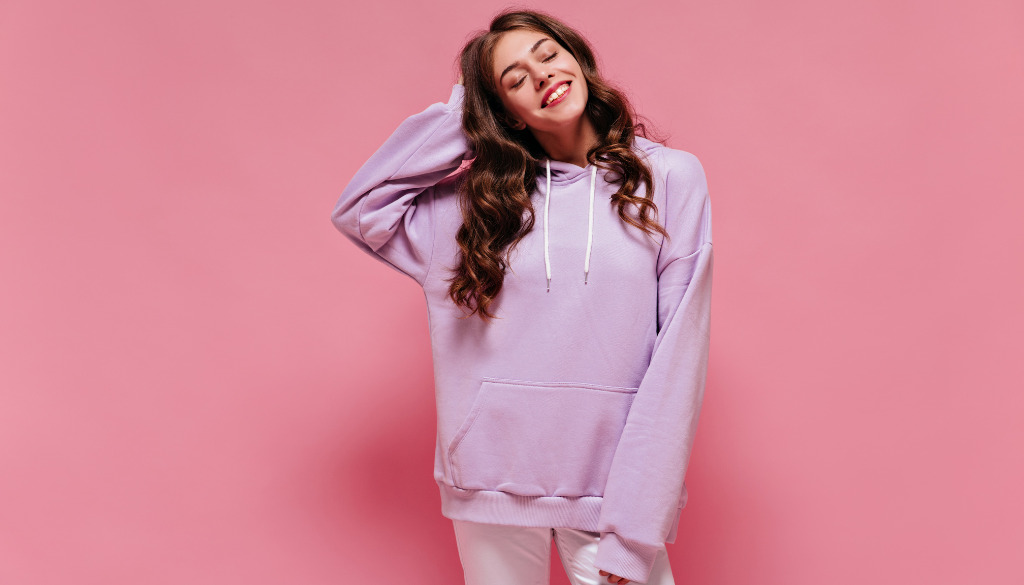
Key characteristics of a hoodie:
- Hood: This is the indispensable, defining feature of a hoodie, usually accompanied by drawstrings to adjust tightness.
- Kangaroo Pocket: Most pullover hoodies include a large front pocket (kangaroo pocket) for hand warmth or storage of small items.
- Dynamic, street style: Hoodies are staple items within streetwear, athleisure, and casual fashion.
- Variants: Besides the classic pullover style, hoodies also come as zip-up jackets (zip-up hoodies).
For POD sellers, hoodies represent significant sales potential, especially among younger customer segments who value comfort and individuality.
What’s the difference Between Hoodies vs Sweaters?
To provide POD sellers with a clear and practical understanding, FlashShip has summarized the key differences between hoodies and sweaters in the table below:
| Feature | Hoodie | Sweater |
| Hood | Has a hood | No hood |
| Front Pocket | Usually has a large kangaroo pocket | Usually no pocket or small side pockets |
| Drawstrings | Yes | No |
| Common Fabrics | Thick fleece, cotton blends, heavyweight fleece | Wool, cotton, lightweight fleece |
| Style | Streetwear, sporty, casual | Elegant, minimalist, smart casual |
| Popularity | Youth, students, young adults | All ages, especially office workers and mature adults |
| Ideal POD Designs | Bold, trendy, street style | Minimalist, elegant, comfortable, subtle designs |
When to Choose Hoodies or Sweaters?
Selecting the right products tailored to your target audience can significantly enhance your POD business success. Here are some strategic recommendations:
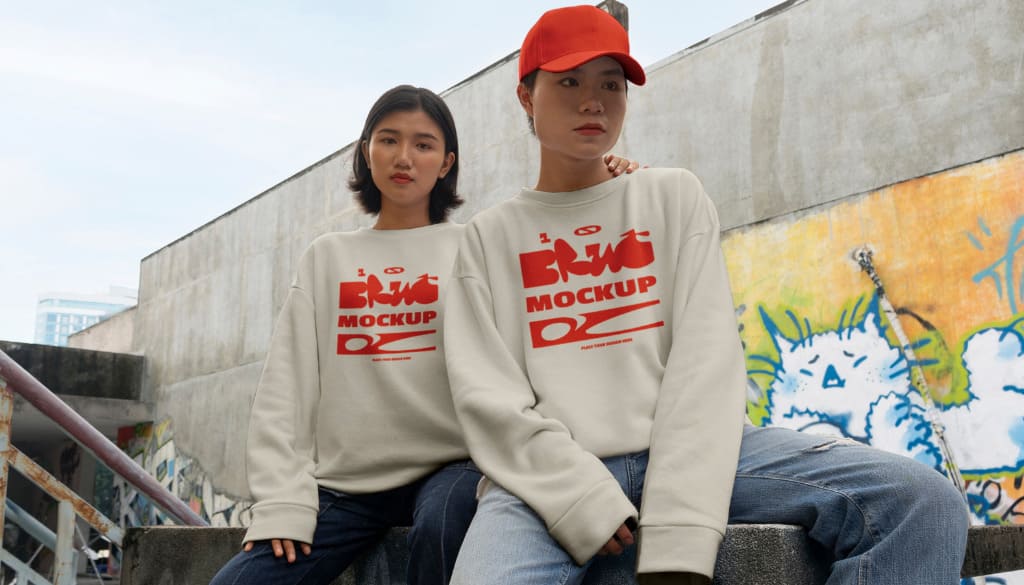
Choose Sweaters when your customers are:
- Minimalists: They prefer clean, sophisticated designs. Small prints, simple logos, or minimalist typography are highly effective on sweaters.
- Creative office workers: A sweater with elegant patterns pairs perfectly with chinos and sneakers, creating an ideal smart-casual outfit.
- Women aged 25-40: They look for items that are both stylish and elegant, easily matched with various clothing. Sweaters perfectly fulfill these needs. Consider designs related to family, pets, or hobbies (reading, gardening) with a gentle and tasteful aesthetic.
- Layering enthusiasts: Sweaters are thin and hoodless, making them ideal for layering under denim jackets, leather jackets, or blazers without feeling bulky or uncomfortable. This is a key selling point you should highlight.
Sweater Niche Ideas:
- Book lovers: literary quotes and book-related designs.
- Plant parents: stylish illustrations of various plants.
- Occupations (nurses, teachers, programmers): humorous job-related slogans.
- Pet lovers (cats, dogs): artistic pet portraits or creative designs.
Choose Hoodies when your customers are:
- Young people, especially Gen Z: They’re the trendsetters and early adopters. Hoodies are practically the uniform of this generation.
- Streetwear enthusiasts: They look for bold, unique designs that express individuality. Large graphic prints and all-over-print hoodies are customer magnets.
- Fans of music, movies, and gaming: Hoodies are perfect for showcasing fandoms. Designs inspired by blockbuster movies, popular bands, or famous games can easily go viral and generate massive sales.
- Active and athletic individuals: They need comfortable, warm garments suitable for outdoor activities. The hood in a hoodie is particularly practical for sun protection and wind resistance.
Hoodie Niche Ideas:
- Memes and viral quotes from social media.
- Sports niches (basketball, skateboarding, gym lifestyle).
- Travel and exploration niches (hiking, camping) with nature-inspired graphics.
- Gaming niches featuring iconic characters and symbols.
- Rap/Hip-hop music niches with impressive typography-based designs.
Custom Hoodie and Sweater Printing with FlashShip
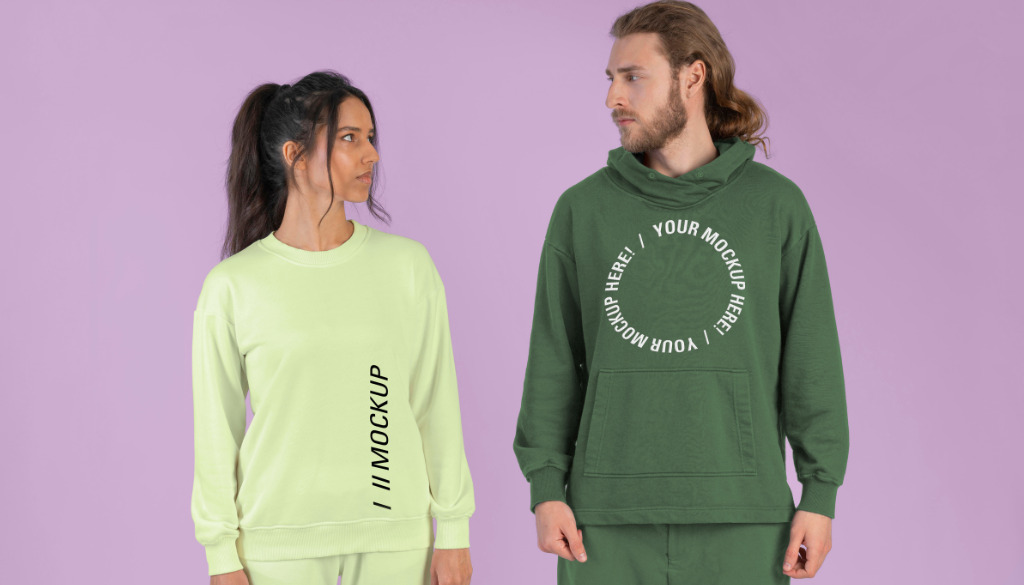
Being able to distinguish hoodies from sweaters and selecting the right niche is only half the battle. The other half—arguably more critical to customer satisfaction and brand longevity—is product quality and reliable fulfillment services. This is where FlashShip becomes your strategic partner.
At FlashShip, we’re more than just a printing facility—we provide a comprehensive fulfillment solution, specifically optimized for professional POD sellers.
Exceptional Print Quality:
- Advanced Technology: We invest in cutting-edge DTF and DTG printing systems, capable of reproducing intricate designs with vivid colors, sharp details, and remarkable durability. Our prints deeply integrate into each fiber, ensuring softness and breathability, so customers never feel uncomfortable wearing them.
- Carefully Selected Garments: We understand that the quality of a print largely depends on the fabric. FlashShip offers a diverse selection of premium hoodie and sweater blanks, including popular materials like fleece, French terry, and high-quality garments from well-known brands such as Gildan blanks, Comfort Colors blanks, and Bella Canvas blanks. These garments offer exceptional softness and provide the ideal surface for premium DTG prints.
A Professional System Built for Sellers:
- Flexible Order Management: Whether handling just one order or thousands, our FlashShip system (seller.flashship.net) ensures smooth operations. You can easily place orders manually, upload bulk orders via CSV or Excel files, or directly integrate your store through API for full automation.
- Zero Inventory, Zero Capital Risk: True to the spirit of Print-On-Demand, you only pay for products once your customers place orders. FlashShip handles the entire production, packaging, and shipping processes directly to your customers, completely eliminating inventory risk.
Dedicated Support for Seller Growth:
- Transparent Policies: All our return and reprint policies for defective products are clear and openly communicated, ensuring fair protection for both you and your customers.
- Responsive Customer Support: When an issue arises, our dedicated support team promptly acknowledges it, investigates the situation, and proposes the best possible resolution. With FlashShip, you’ll never face a crisis alone.
Both hoodies and sweaters represent huge potential as fall and winter POD products. But only by clearly understanding their differences can you properly advise your customers, build effective marketing strategies, and set yourself apart in an increasingly competitive market. FlashShip is always ready to accompany you on this journey, offering top-notch custom printing solutions, rapid fulfillment, and dedicated service.
Contact FlashShip today at (+84) 943 024 337 or visit us at seller.flashship.net for more information and support!
See more articles:


